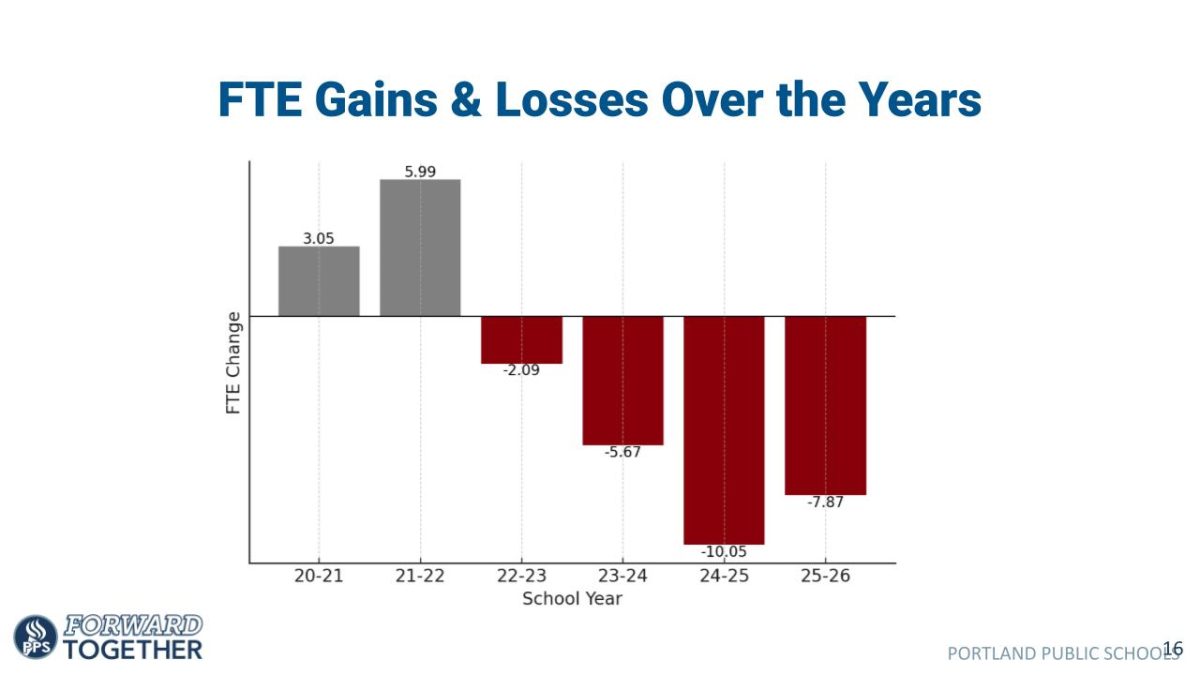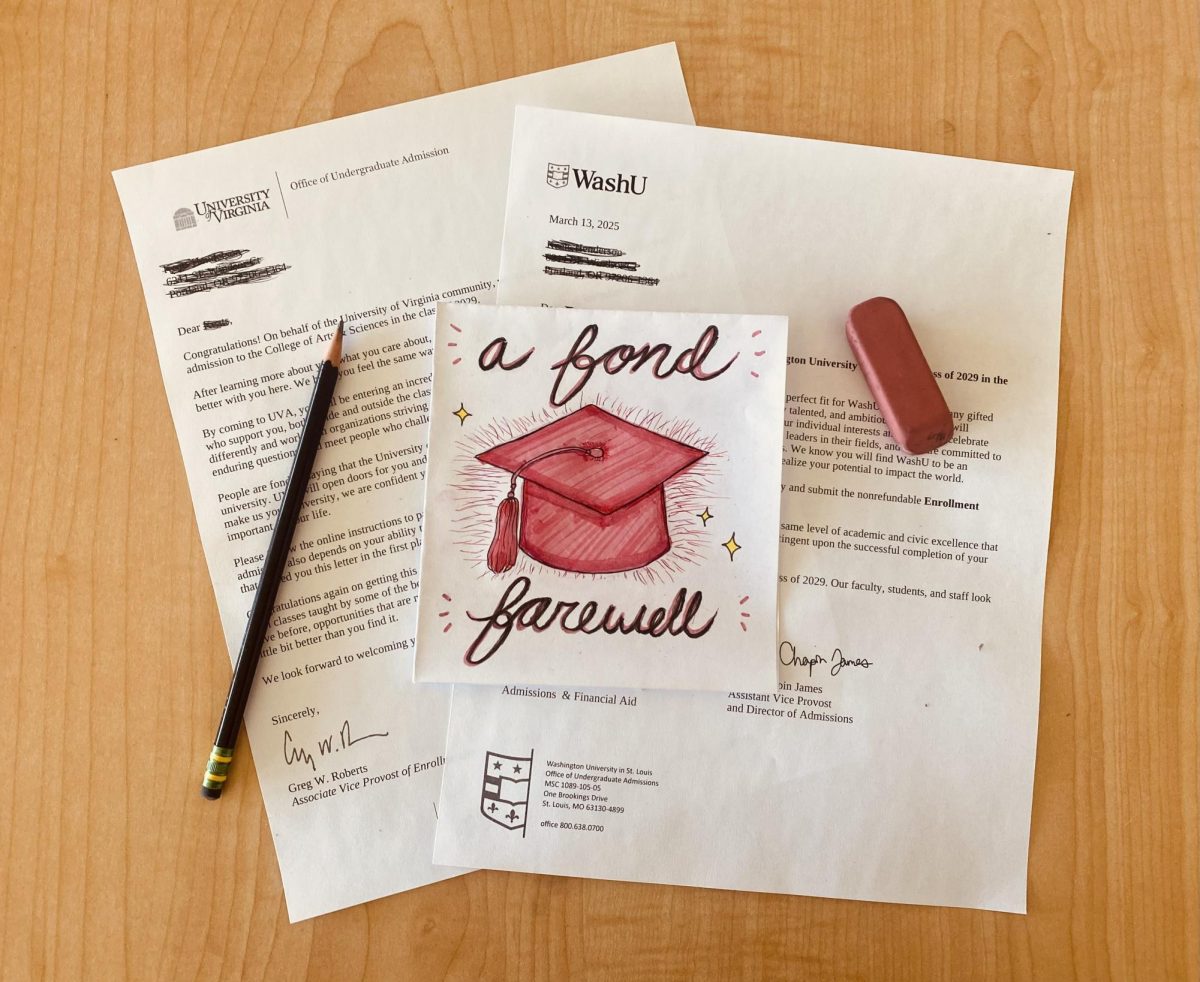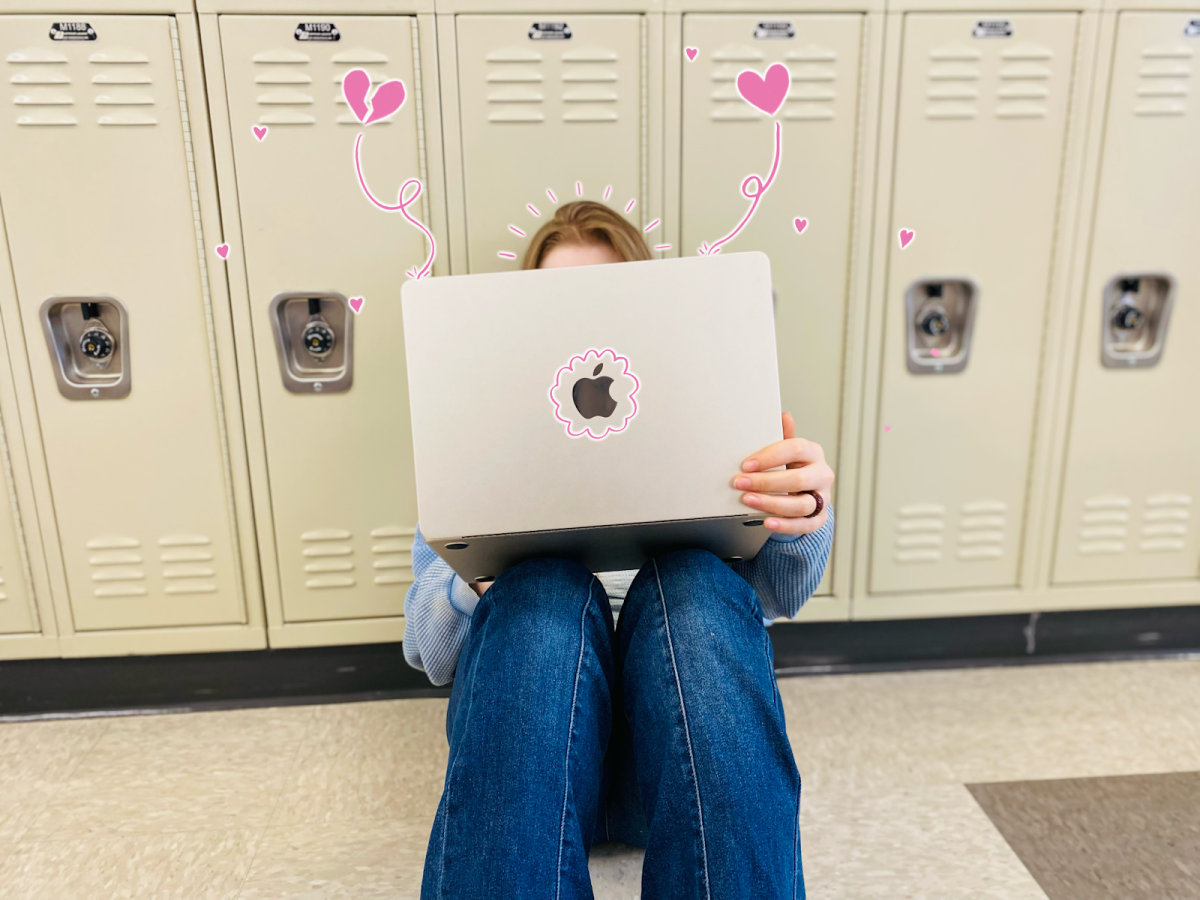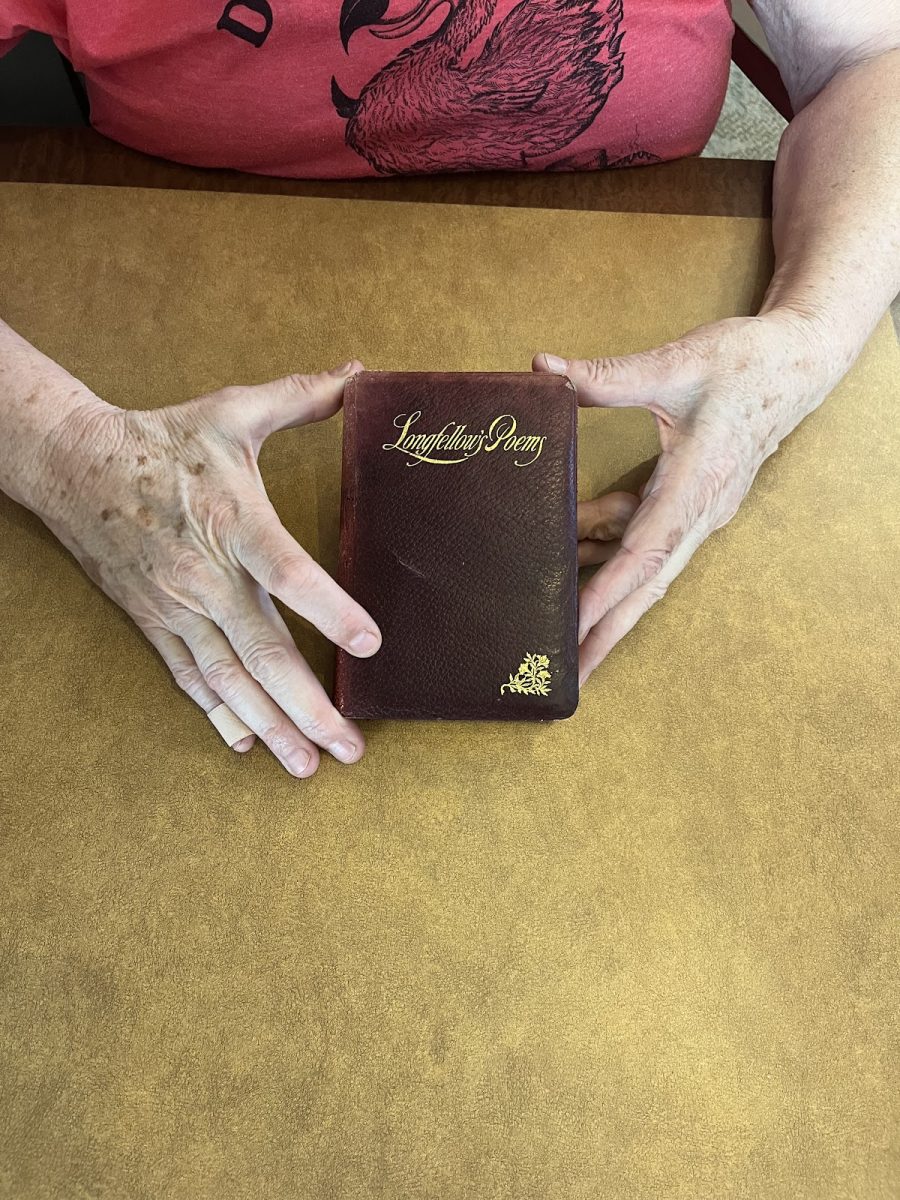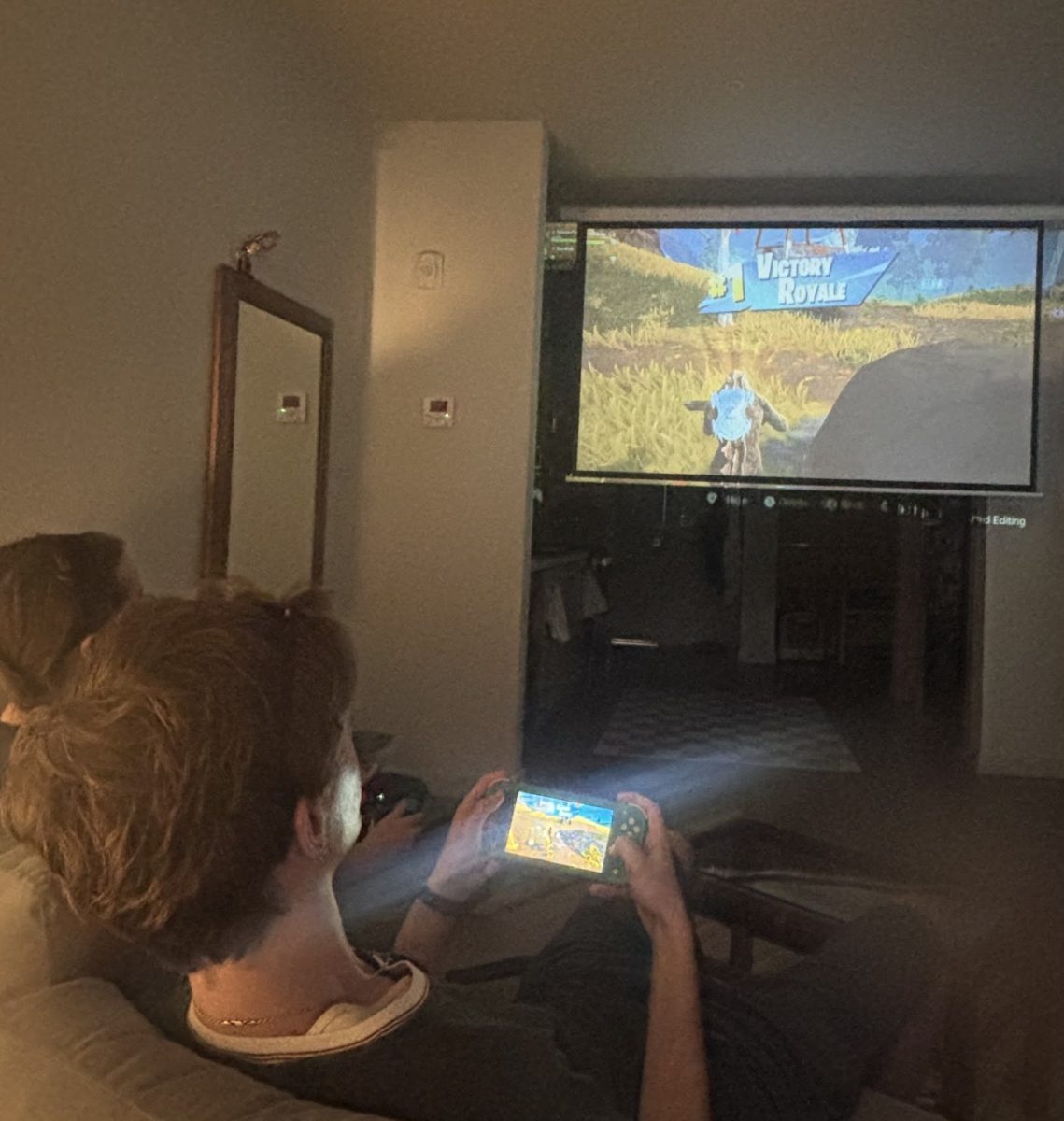American television (TV) and media is a great distraction from the outside world; full of laughs, food, and strangers’ drama. This popular pastime can provide educational and fundamental skills; from cooking, to styling fashion, to discovering new forms of art. Not only can it help find the recipe for a new favorite dish, but the consumption of TV forces consumers to pay attention to ongoing fashion and societal trends too. Above all, TV and media provide comedic relief during harsh times, and contribute to our overall well-being.
The term “comfort show” is fairly new. Becoming of common use during the height of the COVID-19 pandemic, it refers to shows that have amusing, welcoming characters that are immersed in light and involved in humorous plotlines. According to usnews.com, Americans spent most of their time during the pandemic watching TV, averaging around 3.1 hours per day. These shows tend to ease anxiety because of the low-stakes situations their quirky characters often find themselves in.
However, these rules aren’t rigid, as some find comfort in shows like “The Walking Dead,” an AMC series about a zombie apocalypse. In fact, a study by cabletv.com found that 87% of Americans say they have a “comfort show.”
Finding a character or personality that you can relate to is crucial in finding your comfort show, especially for underrepresented communities in America. BIPOC and LGBTQ+ Americans most commonly gravitate towards TV and media that has broader representation. This lens is very important to look through when observing the consumption of TV and media, because fanatic culture is driven by these communities; meaning an extreme interest and/or involvement in the fanbase of said media.
The pandemic heightened the need for comfort shows, as the whole world was quarantined in their homes. We needed lighthearted distractions to balance out the outrages of social injustice and the tense 2020 presidential election. Diving deep into shows became a form of escapism for many during this time. “[Cable shows] bring people together in a way by giving them something to relate to,” says Jakaia Silmon, a junior at David Douglas High School. “They help entertain us because we tend to constantly need to focus on things other than ourselves.”
Generation Z and millennials grew up with TVs in their faces. Whether it was “Dora the Explorer,” “The Fairly Odd Parents,” or “Lizzie McGuire,” we all had a comfort show growing up. Due to this, heavy emotions of nostalgia are also commonly tied to the memories made when consuming TV. Mason Paolucci, a senior at Franklin, has fond memories of watching Guy Fieri’s “Diners, Drive-ins, and Dives” (DDD) with his dad. “[I remember] me and my dad falling asleep on the couch with DDD on when I was [around] five.”
Reality cable shows have provided a spotlight for personalities like Fieri. He has strongly influenced the “barbecue dad” aesthetic; with his spiked frosted tips, goatee, and flame bowling shirts with jean shorts combo. Fans have mimicked this get-up at meet and greet events, at which Fieri has voiced support for his fans’ attire. The barbecue dad aesthetic has also been featured in school spirit days across the nation, akin to Franklin’s Adam Sandler Day. The Guy Fieri cult-like following has grown tremendously since his continuous role in popular cooking shows airing on The Food Network.
In a broader look, what makes cable shows and their personalities so fun to consume? “I think the attitude of the hosts’ are really funny and enjoyable,” Silmon says. “They’re good with their body language [which] entices me.”
The relatability of cable shows, and TV media in general, secures viewers to their environment. Viewers who experience anxiety and stress can feel more grounded having the distraction of fun, relatable characters and personalities on-screen. “While drama and action shows can be entertaining, it’s also important to have shows that can just make you laugh and make you happy,” says Margot Spesungal Mason, a junior at Franklin. “I feel like lately there hasn’t been enough of those kinds of media.”
Fashion has been influenced by TV since the beginning. A prominent example of this was the early 2000s jeans-under-a-dress look. Popular Disney Channel actresses during this time — like Lindsay Lohan, Anne Hathaway, and Ashley Tisdale — all styled the jeans-under-a-dress look during red carpet events. Early 2000s, or Y2K, fashion has come back into style these last few years. Some have even gone as far as bringing back the jeans-under-a-dress outfit, which has gone viral on TikTok, and brought attention back to the iconic Disney red carpet looks.
Consequently, reports have been shared that some of the 2000-2010 Disney shows will be rebooted for nostalgia purposes. For example, “Wizards of Waverly Place,” starring Selena Gomez, is set to return to the Disney Channel.“They don’t make [comfort shows] like they used to,” Paolucci claims. The format and comedy of Y2K shows hold special significance in the memories of millennials and Gen Zers; kids’ TV shows of today just don’t have the same quality. Disney remains one of the most influential platforms for the younger generations of America; will upcoming reboots bring back more Y2K fashion?
From Guy Fieri to Dora, Americans have been consuming TV and media for the past 80 years. Humans find common interests in the TV they watch, which leads to connections and overall joy. This common pastime remains a key orchestrator of popular culture in America, and weaves the fabric of our nation.



